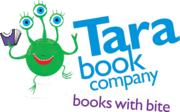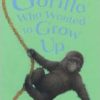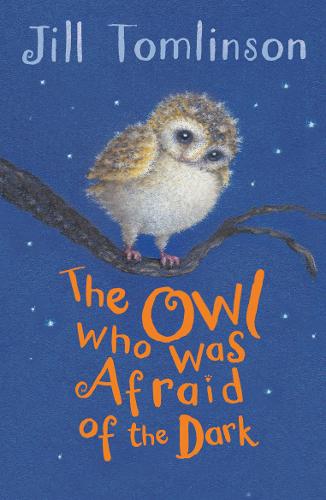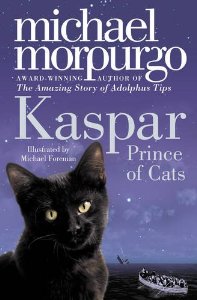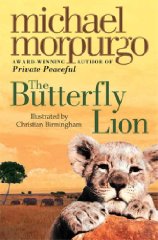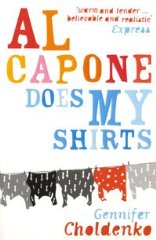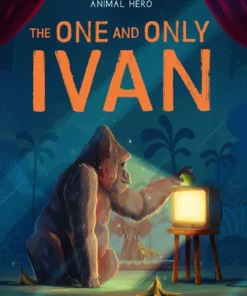The Owl Who was afraid of the Dark Novel
Author: Tomlinson, Jill
Reading Age: 7 to 8 Second Class, 8 to 9 Third Class
Publisher: Egmont Books Ltd
Illustrator: Howard, Paul
ISBN-13: 9781405271974
Number of pages: 98
Plop, the Baby Barn Owl, is like every Barn Owl there ever was, except for one thing-he is afraid of the dark. ‘Dark is nasty’ he says and so he won’t go hunting with his parents.... Read more
€8.99 Original price was: €8.99.€8.50Current price is: €8.50.
Sorry, All sold out!

Plop, the Baby Barn Owl, is like every Barn Owl there ever was, except for one thing-he is afraid of the dark. ‘Dark is nasty’ he says and so he won’t go hunting with his parents. Mrs. Barn Owl sends him down from his nest-hole to ask about the dark and he meets a little boy waiting for the fireworks to begin, an old lady, a scout out camping, a girl who tells him about Father Christmas, a man with a telescope, and a black cat who takes him exploring. He realizes that through these encounters that dark is super after all.
Read and Respond Teachers guide available
Publishers Weekly
Howard’s glorious nocturnal illustrations give new life to the late British author’s 1968 tale of an owlet frightened of the night. ‘The dark is scary,’ Plop tells Mommy Barn Owl, who wisely instructs him to learn a bit more about it before passing judgment. Soon, Plop is off seeking new acquaintances, both human and animal, who tell him their favorite things about the evening, from fireworks and campfire singalongs to viewing the constellations (‘The dark is wondrous. Look through the telescope,’ says one gentleman he meets). Tomlinson’s reassuring tale is aimed squarely at preschoolers, who will thrill to a familiar scenario played out in an unusual setting. Howard’s expertly shaded pastels evoke the owls’ feather-softness against full-bleed illustrations in glowing, naturalistic colors, which he augments with smaller sepia vignettes. One particularly memorable scene features a close-up of Plop flanked by his parents, the three of them staring out at readers with the sparkle of a fireworks display reflected in their large eyes. As for the round, plump and utterly fetching Plop himself, he’s an irresistible ball of fluff who may well convert a host of readers to nighttime’s appeal. Ages 3-up. (Aug.) Copyright 1999 Cahners Business Information.
Publishers Weekly
A septet of Jill Tomlinson’s tales from the 1960s and ’70s appear with a generous sprinkling of half-tone illustrations by Paul Howard, sure to attract newly independent readers. The tale of a frightened owlet who, with the help of others, learns to appreciate the night-The Owl Who Was Afraid of the Dark (this 1968 text was also adapted to a picture-book format with full-color artwork by Howard in 2001, from Candlewick)-appears in its unabridged version, along with a half-dozen other titles in a similar format: The Aardvark Who Wasn’t Sure; The Cat Who Wanted to Go Home; The Gorilla Who Wanted to Grow Up; The Hen Who Wouldn’t Give Up; The Otter Who Wanted to Know; The Penguin Who Wanted to Learn. Copyright 2005 Reed Business Information.
Children’s Literature
Adapted posthumously from the author’s 1968 British ‘classic,’ this story aims to reassure nervous young children that the darkness is friendly. Plop, the baby barn owl, tells his parents that the nighttime is scary and they suggest he ask others how they feel about the dark. A boy tells Plop that fireworks are exciting; an old lady tells him that the dark is kind; a camping scout says the dark is fun; a girl tells him Santa can’t come unless it’s dark -never mind that Plop hasn’t a clue who Santa is. And a black cat tells him that the dark is beautiful and shows him the sleeping British town. In this fantasy, an owl can talk to a cat without fear of reprisal, an astronomer can show an owl what the stars look like through a telescope, and everything turns out just right as Plop learns to love the night. Young children who accept that owls, at least in books, can talk to whatever or whomever they please, will find some comfort in the various interpretations of the pleasures of being out in the night and will find someone’s opinion to identify with, although the old lady’s is a stretch. While this anthropomorphic approach to the issue of night frights seems dated, at the very least the book provides adult readers with a conversational opener to help children explore their night feelings. Howard’s pastel,
